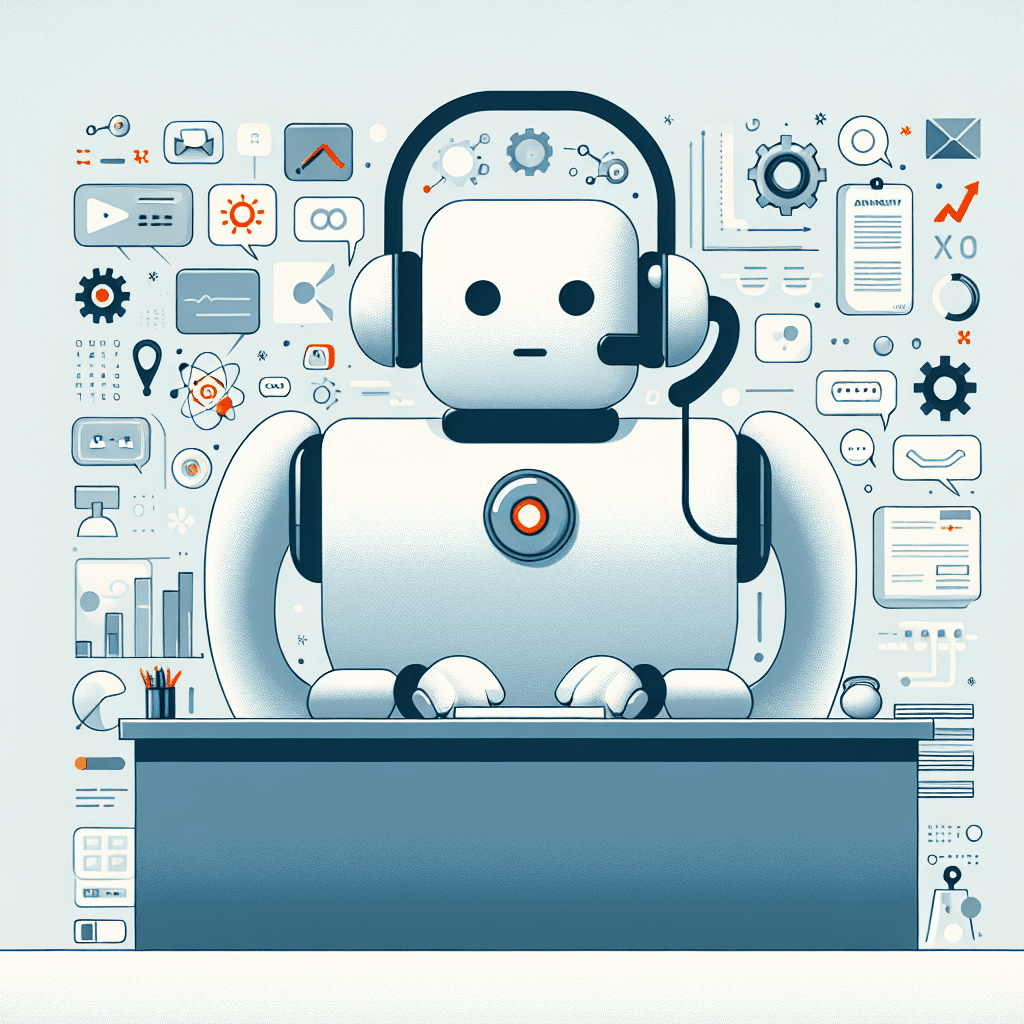Let’s be honest. Most customer service teams are one bad Monday away from a full-blown meltdown. The inbox is overflowing, half the team is out sick, and someone just asked if we “have a fax number.” You want to help people, but you also want to keep your sanity. Good news: there’s a way to do both without adding more humans to the payroll.
And yes, it involves AI. But not the kind that turns evil in sci-fi movies; the kind that actually helps.
Chatbots That Don’t Sound Like Bots
Not long ago, chatbots were about as helpful as a voicemail tree from 2004. You’d type “I need help with my order,” and it would reply with “Did you mean: help with your order?” Thanks, robot.
Now? Whole different story. Chatbots powered by large language models like GPT-4 or Google’s PaLM 2 can understand what people mean, not just what they type. They pick up on tone, context, and even frustration. Which means they can resolve actual problems instead of just rerouting them.
According to Juniper Research, AI chatbots are on track to save businesses over $11 billion a year by 2024. That’s more than just cutting staffing costs; it’s giving customers back their time.
Tools like Intercom, Drift, and Zendesk now bake these models into their platforms. That means a chatbot can handle up to 80 percent of incoming questions instantly, and your human team can focus on the weird edge cases that actually require a brain and a keyboard.
Routing Tickets Without the Chaos
Let’s talk about ticket triage. If your support inbox is a mess, you’re not alone. Most teams still rely on someone manually sorting through emails like a digital mailroom clerk. It’s slow, it’s frustrating, and it’s a terrible use of anyone’s time.
Here’s where AI steps in again. Machine learning can scan incoming tickets, figure out what they’re about, and send them to the right person or department. Not only does that shave minutes off every interaction, it also helps make sure big problems don’t slip through the cracks.
Salesforce’s Einstein AI is a good example. It uses natural language processing to sort and classify support cases, then recommends next steps. Companies using it have cut handling time by up to 25 percent. That’s not a small number.
Smart Self-Service That Actually Works
Now, not everyone wants to talk to support. Some people just want to fix it themselves and move on with their day. But most FAQ pages are written like legal disclaimers: vague, outdated, and impossible to search.
AI can fix that too. Tools like Zendesk’s Answer Bot use context from customer questions to serve up relevant help articles. That means customers get answers faster, and your team doesn’t have to touch every single ticket.
Zendesk says Answer Bot can resolve up to 20 percent of support tickets without a human ever getting involved. That’s one in five problems solved before your agents even clock in.
Reading the Room: Sentiment Analysis
Sometimes, it’s not what a customer says; it’s how they say it. A message that starts with “Hi there” and one that starts with “I’ve emailed three times already” are not created equal.
That’s where sentiment analysis comes in. AI tools like IBM Watson and Sprinklr can scan messages to detect tone, urgency, and emotional cues. If someone’s clearly upset, the system can flag it and escalate before things spiral.
This kind of proactive support can make a huge difference. It’s the digital equivalent of noticing someone pacing in the lobby and asking if they need help. Small gesture, big impact.
Multilingual Support, Hold the Staffing Headache
Hiring support agents in every language your customers speak is expensive. And let’s be real—Google Translate used to be… rough. But neural machine translation has come a long way.
Now, tools like DeepL and Unbabel can translate support messages in real time, with surprising accuracy. Unbabel even adds a layer of human post-editing to make sure nothing gets lost in translation.
So if a customer in Madrid messages your English-speaking team, they can have a full conversation without either side breaking a sweat or switching tabs.
Learning as It Goes
Here’s the part that feels a little sci-fi: AI systems don’t just work; they learn. Every interaction makes them smarter. They spot patterns, flag gaps in your knowledge base, and even suggest new content or workflows.
Platforms like Ada and Forethought are built around this idea. They use reinforcement learning, which basically means they get better by doing. The more they help, the sharper they get.
So instead of hiring more people every time your ticket volume spikes, you’ve got a system that scales with you. And it gets more efficient over time.
Smarter Service, Not Bigger Teams
You don’t need a bigger support team. You need a smarter one. AI isn’t replacing your people; it’s removing the grunt work so they can focus on what matters.
The best part? It works quietly in the background, like a good assistant. No drama, no burnout, just better service. And maybe, just maybe, fewer emails asking for your fax number.
Thanks for reading.
We’ll be back soon with more futuristic ideas.
Until then, keep building.
– Perfect Sites Blog

